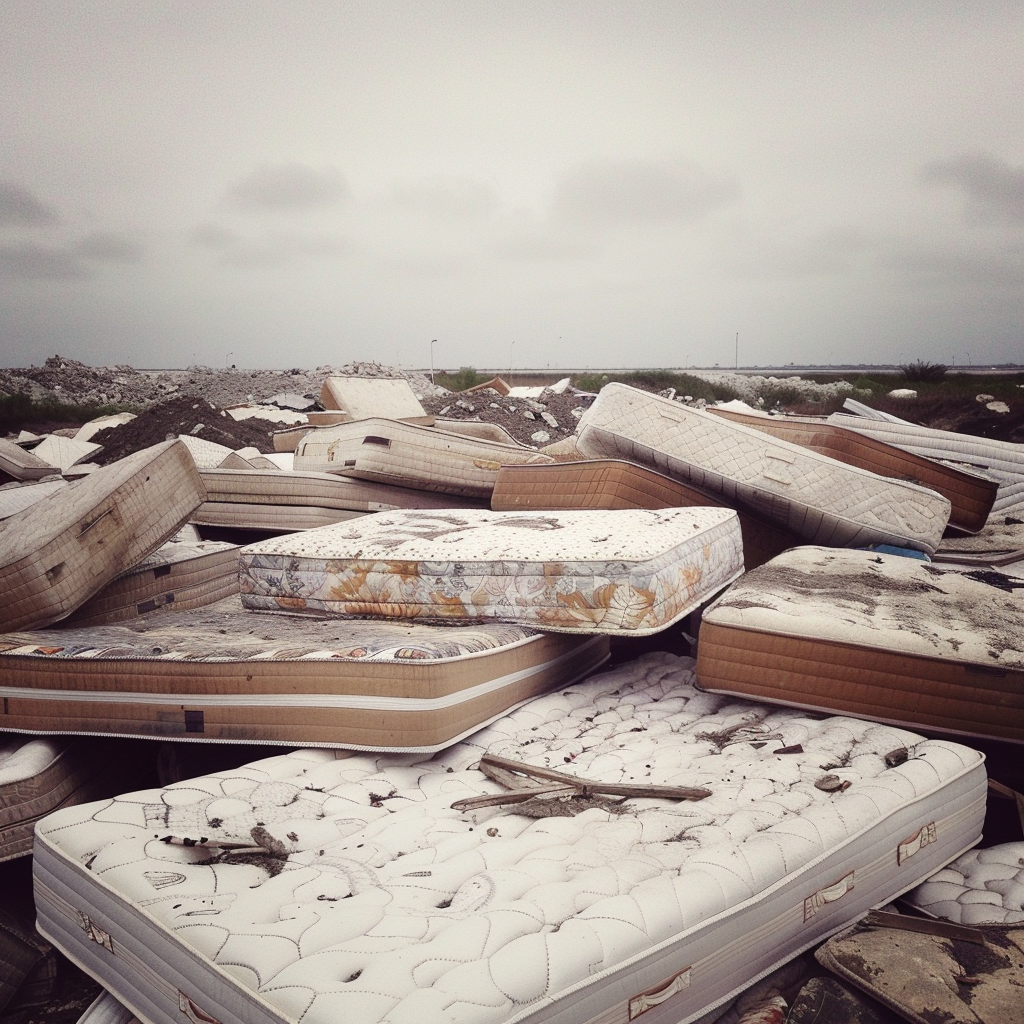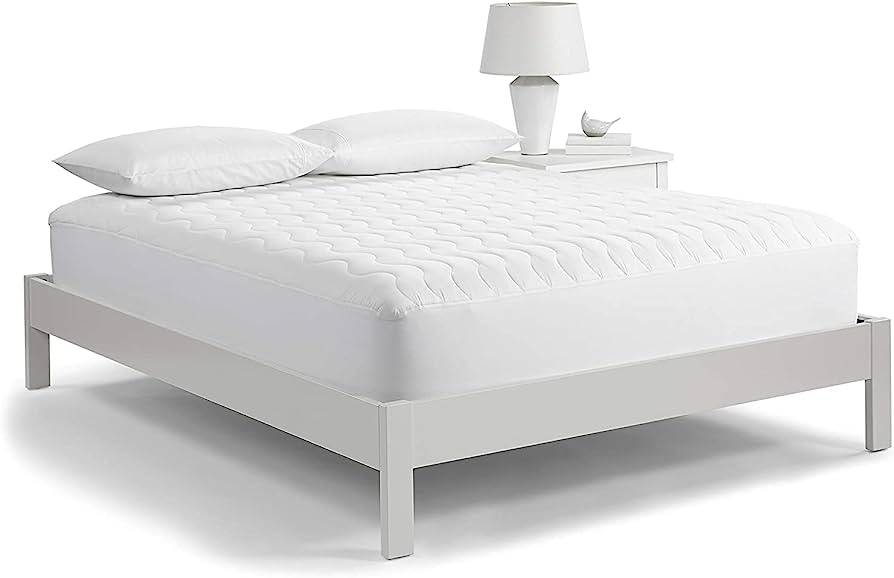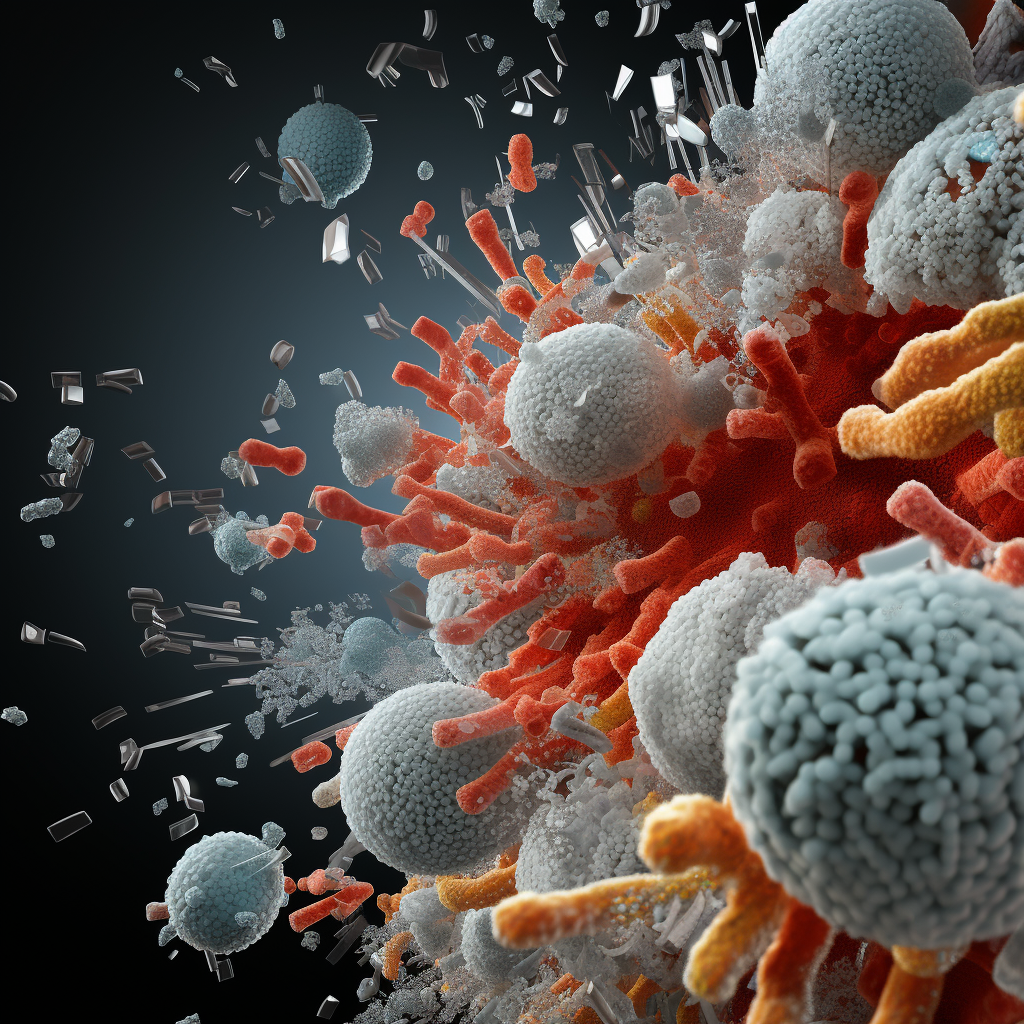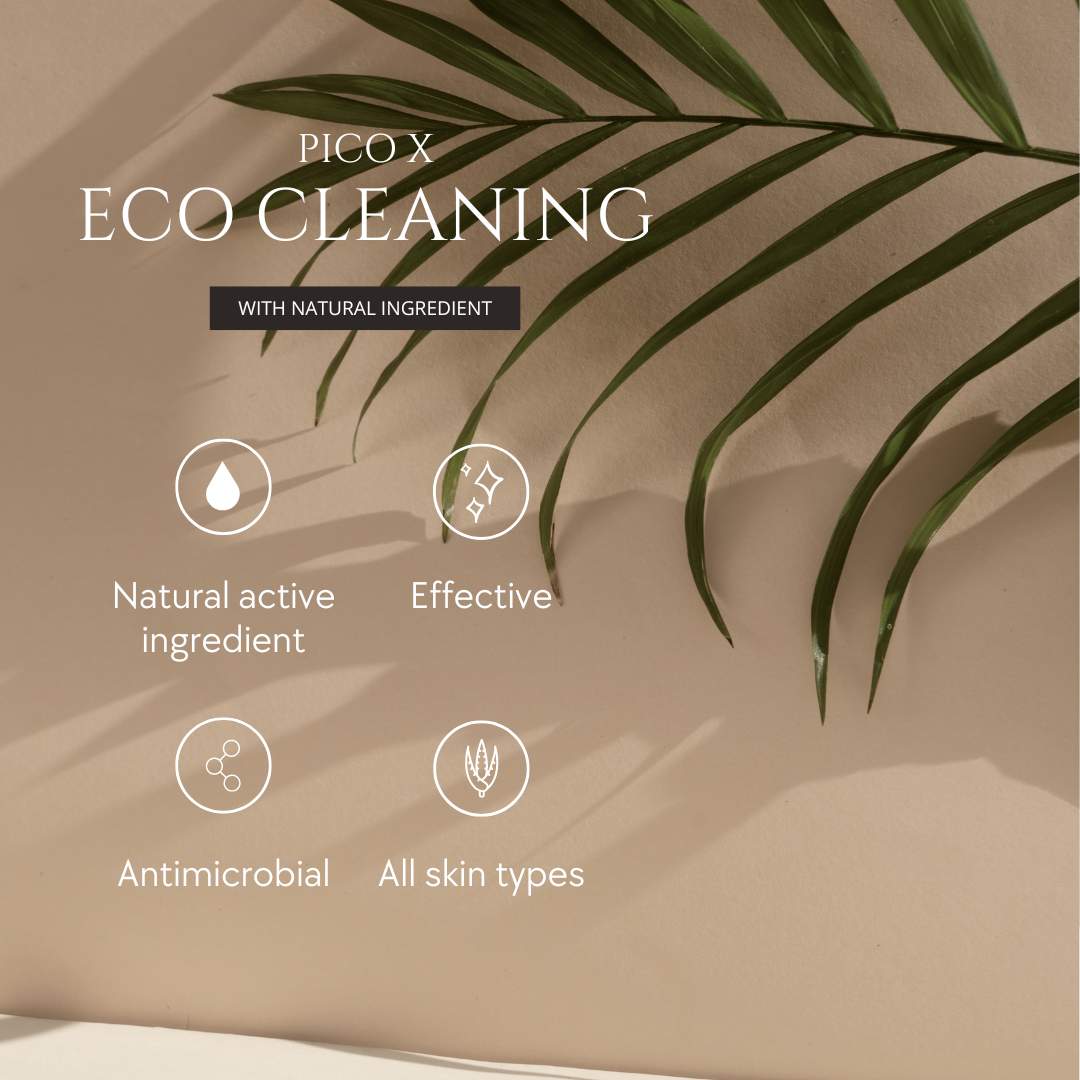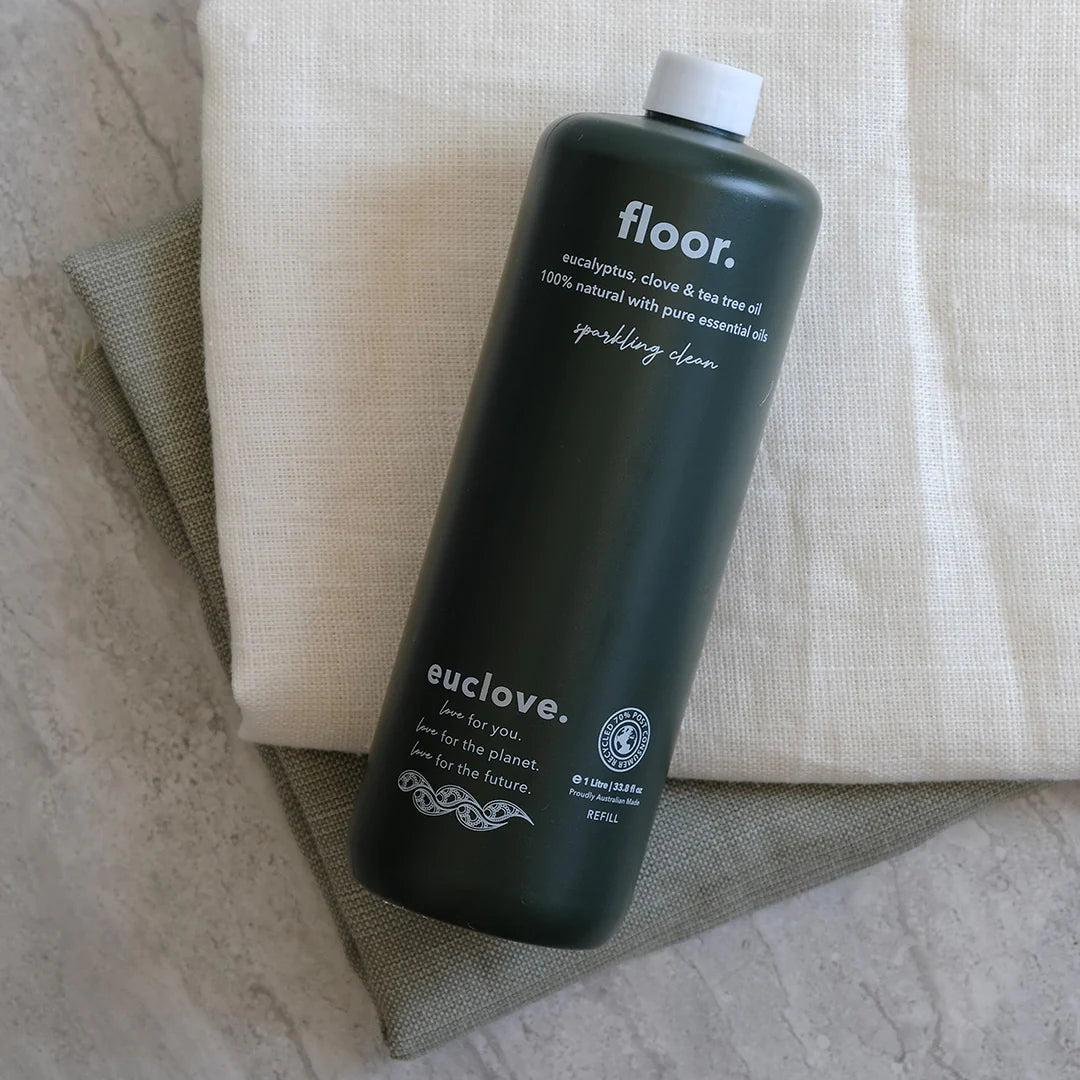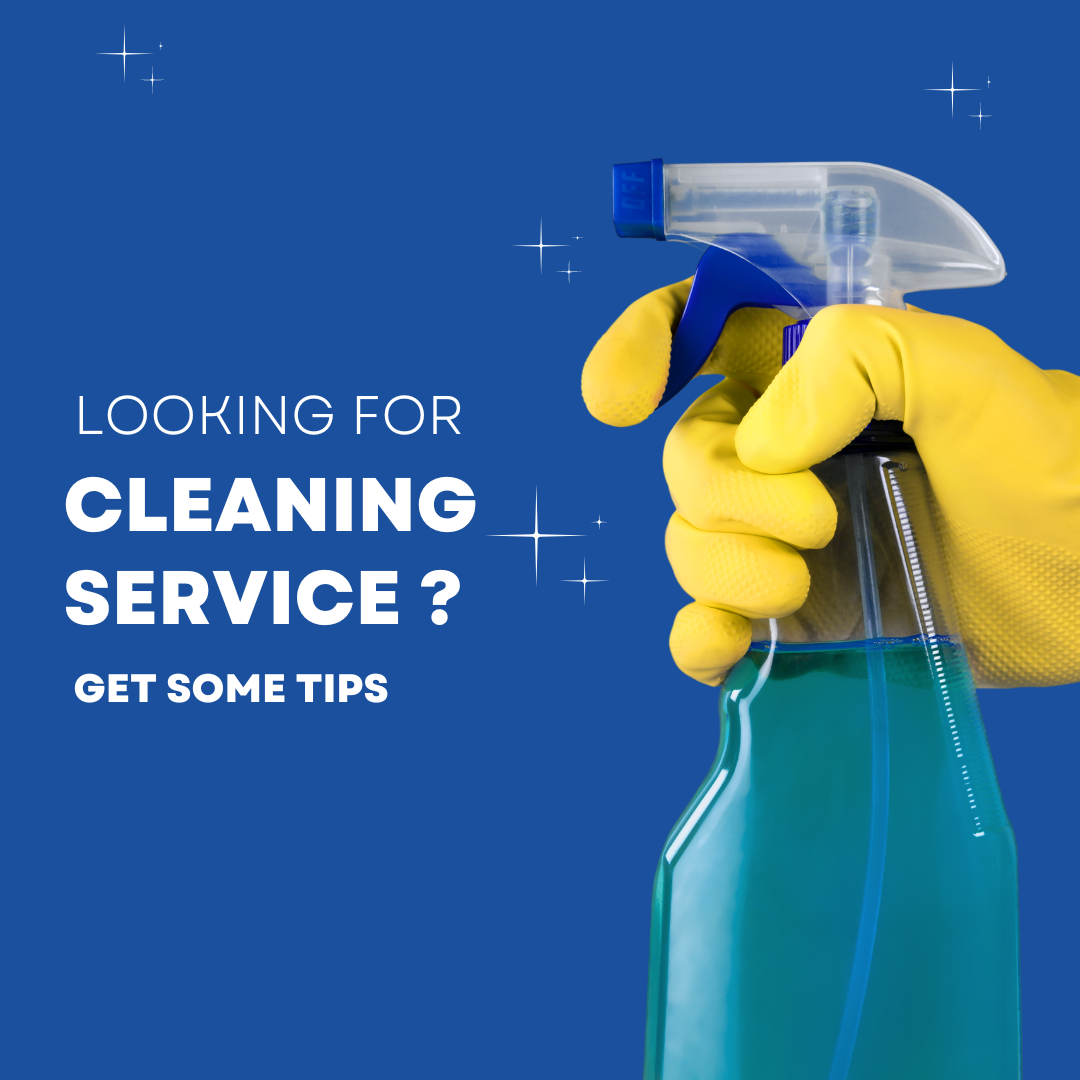-

Adoption of Antimicrobial Coating In The Hospitality Industry
-

Antimicrobial Coated Mattress For A Safe Night's Sleep
-

A safe way to improving indoor air quality and prevent mould at home.
-

Antimicrobial Coatings on Mattresses
-

Antimicrobial Coatings: A Revolution in Home and Commercial Space Hygiene
Walls with white patches? They may not be mould.
- 3分钟阅读时间
Understanding the Difference Between Efflorescence and Mould: Identification and Treatment
When unsightly patches appear on walls, floors, or ceilings, it’s crucial to identify whether you're dealing with efflorescence or mould, as each requires different treatment approaches. Misidentifying them can lead to ineffective remedies and potentially exacerbate the problem. This article explores the distinctions between efflorescence and mould, how to accurately identify them, and the most effective methods for treatment.
What is Efflorescence?

Efflorescence is a crystalline deposit of salts that can form on the surfaces of materials like concrete, bricks, and stucco. These deposits are typically white and are most noticeable on porous surfaces. The process occurs when water moves through a masonry structure and brings salts dissolved from the material to the surface. Once the water evaporates, it leaves behind the powdery salt deposits.
Identification of Efflorescence:
- Appearance: White, powdery or crystalline deposits.
- Texture: Dry to the touch and can be brushed off easily.
- Location: Commonly found on masonry surfaces both indoors and outdoors.
What is mould?

Mould, on the other hand, is a type of fungus that grows in moist environments and can appear in a range of colours, including black, green, red, or blue. It is often accompanied by a musty odour and is a common issue in damp or water-damaged buildings or high-humidity areas.
Identification of Mould:
- Appearance: Fuzzy or slimy texture, various colours.
- Texture: Sticks to the surface and cannot be easily brushed off.
- Smell: Often produces a musty odour.
- Location: Frequently found in areas with high humidity, such as bathrooms, kitchens, and basements.
How to Treat Efflorescence
Efflorescence itself is not harmful to human health, but it can be unsightly and might indicate moisture issues that could eventually lead to structural damage or mould growth. Treatment involves several steps:
- Removal: Brush off the salt deposits using a dry brush. For stubborn areas, use water and a stiff brush.
- Control Moisture: Address the source of moisture that is allowing water to penetrate the masonry. This might involve fixing leaks, installing better drainage, or using sealants.
- Prevention: Apply a waterproofing sealant to masonry surfaces to prevent water from entering and carrying salts to the surface.
How to Treat mould
Mould can pose health risks, particularly to those with allergies or respiratory issues, and should be addressed promptly.
- Safety First: Wear protective gear like gloves, masks, and goggles when dealing with mould.
- Cleaning Small Areas: Use a solution of water and detergent to clean small mould patches. For non-porous surfaces, diluted bleach can help remove mould stains.
- Professional Help: For larger infestations or if mould is in hard-to-reach places, it's advisable to hire professionals who have the tools and expertise to safely remove mould.
- Moisture Control: Identify and resolve the source of moisture. Use dehumidifiers and ensure adequate ventilation to keep humidity levels low.
Conclusion
Correctly identifying whether a problem is due to efflorescence or mould is key to effectively addressing the issue. While efflorescence is primarily a cosmetic problem, mould can have significant health implications. Both issues signal underlying moisture problems that need to be rectified to prevent a recurrence. By understanding the differences and appropriate treatment methods, homeowners can maintain healthier environments and protect their property from damage.
标签
-

Best Fabric Refresher 2023
-

Looking for the Best Cleaning Services in Singapore?
-

Benefits Of Essential oil Based floor cleaners - Eucalyptus, Clove and Tea Tree
-

Top ten cleaning services in Singapore?


